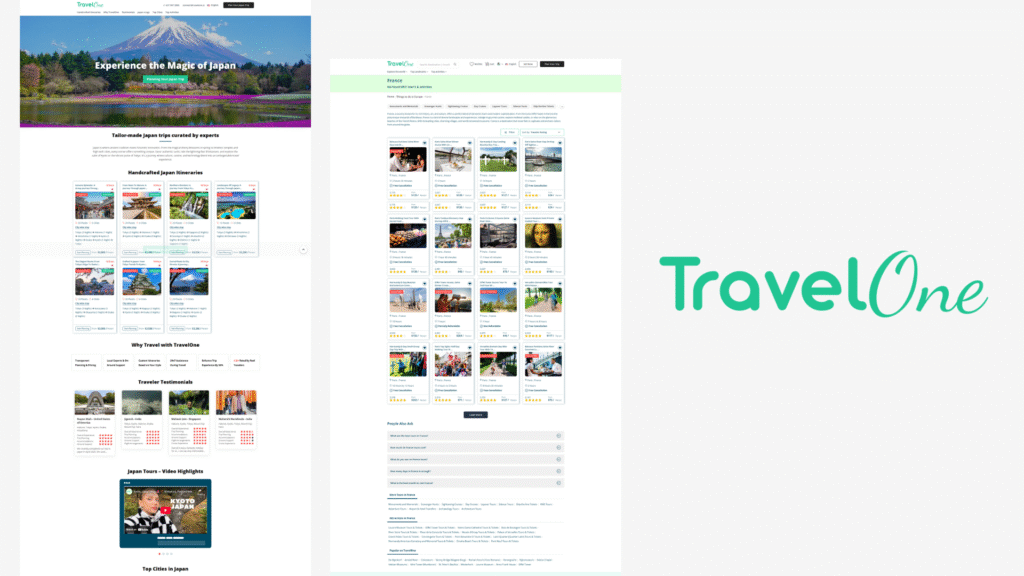How to Build a Custom WordPress Plugin in 2025
Are you looking to enhance your WordPress website’s functionality with a custom plugin? Whether you’re a beginner or an experienced developer, building your own WordPress plugin allows you to tailor your site exactly to your needs. In this comprehensive guide for 2025, we’ll walk you through every step of creating a custom WordPress plugin, from setup to deployment, with practical tips and best practices.
Understanding WordPress Plugins
What is a WordPress Plugin?
A WordPress plugin is a piece of software that extends the functionality of a WordPress site. Plugins can add new features, modify existing ones, or optimize performance. The WordPress ecosystem boasts over 50,000 plugins, but creating your own allows complete customization.
Why Build a Custom Plugin?
- Tailor features specifically for your site’s needs
- Reduce dependency on third-party plugins
- Improve site performance by optimizing only what you need
- Enhance user experience with unique functionalities
Prerequisites for Building a WordPress Plugin
Before diving into coding, ensure you have the following:
- Basic knowledge of PHP: WordPress is built on PHP, so understanding its syntax is essential.
- Familiarity with HTML, CSS, and JavaScript: For frontend components.
- Access to a WordPress development environment: Local server setup like XAMPP, MAMP, or Local by Flywheel.
- Text editor or IDE: Examples include VS Code, Sublime Text, or PHPStorm.
Step-by-Step Guide to Building a WordPress Plugin
1. Planning Your Plugin
Start with a clear idea of what your plugin will do. Define its purpose, features, and how it will improve your site. Sketch out the user interface if needed, and identify any required settings.
2. Set Up Your Development Environment
Create a dedicated folder within your WordPress installation’s wp-content/plugins directory. Name this folder appropriately, such as my-custom-plugin.
wp-content/
└── plugins/
└── my-custom-plugin/
3. Create the Main Plugin File
Inside your plugin folder, create a PHP file named after your plugin, e.g., my-custom-plugin.php. At the top of this file, add the plugin header comment:
/* Plugin Name: My Custom Plugin Plugin URI: https://yourwebsite.com/my-custom-plugin Description: A custom plugin to enhance site functionality. Version: 1.0 Author: Your Name Author URI: https://yourwebsite.com Text Domain: my-custom-plugin */
This header is essential for WordPress to recognize your plugin.
4. Register Activation and Deactivation Hooks
These hooks allow you to run specific functions when your plugin is activated or deactivated.
register_activation_hook(__FILE__, 'mcp_activate');
register_deactivation_hook(__FILE__, 'mcp_deactivate');
function mcp_activate() {
// Code to execute on activation
}
function mcp_deactivate() {
// Code to execute on deactivation
}
5. Create Your Plugin’s Core Functionality
This involves writing functions that accomplish your plugin’s purpose. For example, adding custom code to insert into pages, modify admin menus, or handle AJAX requests.
6. Add Hooks and Filters
Hooks allow you to modify core WordPress behavior without editing core files. Your plugin can use actions and filters to integrate seamlessly.
- Actions: Execute functions at specific points (e.g., init, admin_menu).
- Filters: Modify data before display or saving.
7. Enqueue Scripts and Styles
To include CSS or JavaScript files, use wp_enqueue_script / wp_enqueue_style.
function mcp_enqueue_scripts() {
wp_enqueue_style('mcp-style', plugins_url('/css/style.css', __FILE__));
wp_enqueue_script('mcp-script', plugins_url('/js/script.js', __FILE__), array('jquery'), null, true);
}
add_action('wp_enqueue_scripts', 'mcp_enqueue_scripts');
8. Create Admin Settings Pages (Optional)
If your plugin requires user settings, add options pages in the WordPress admin area:
function mcp_add_admin_menu() {
add_menu_page(
'My Custom Plugin Settings',
'My Custom Plugin',
'manage_options',
'mcp_settings',
'mcp_settings_page'
);
}
add_action('admin_menu', 'mcp_add_admin_menu');
function mcp_settings_page() {
?>
My Custom Plugin Settings



